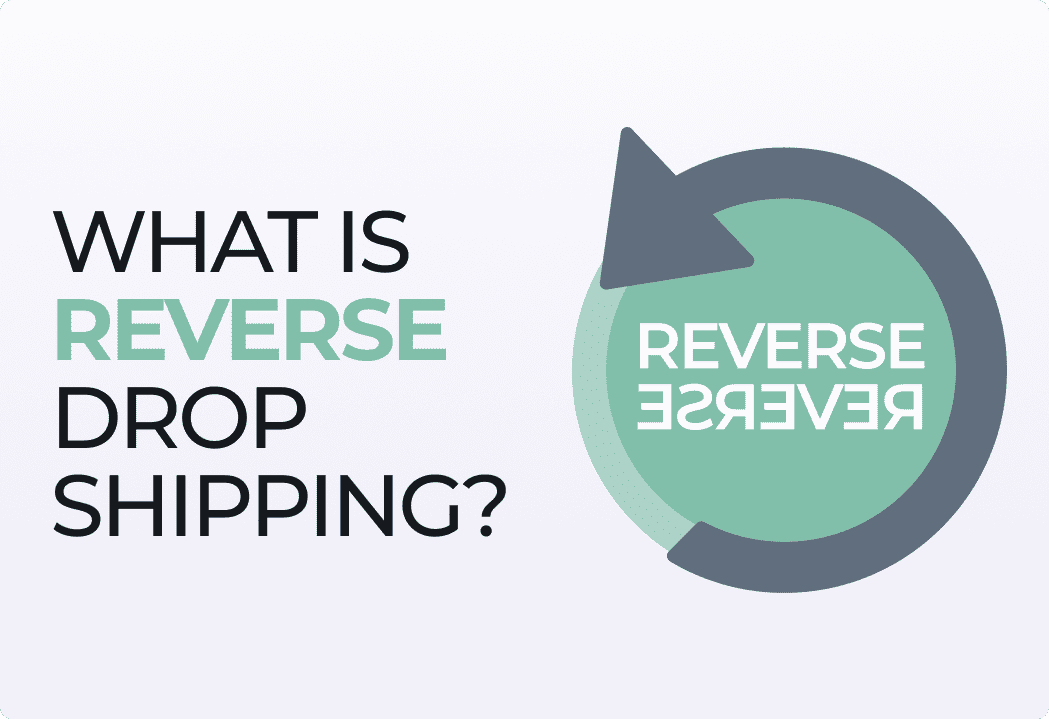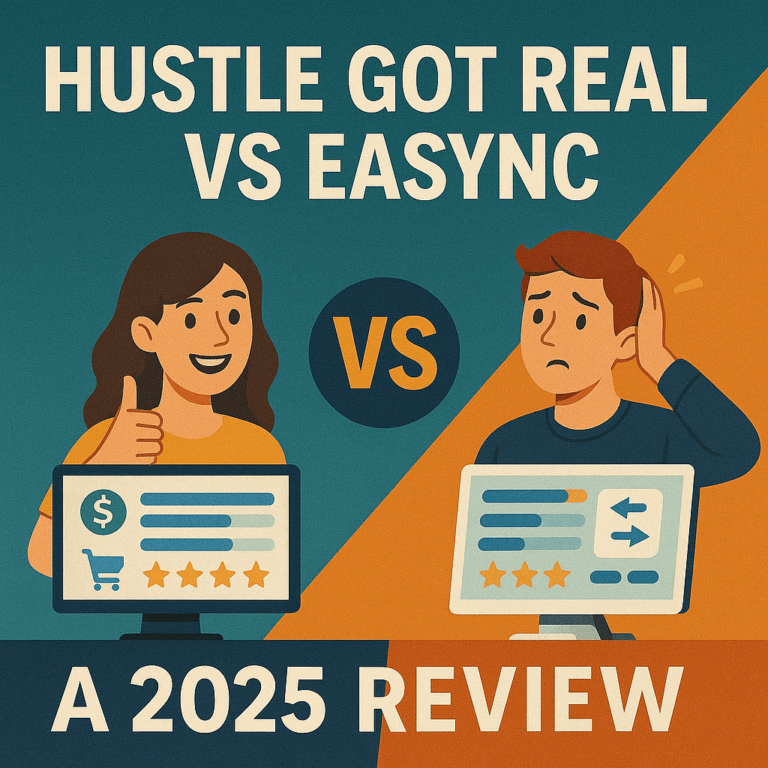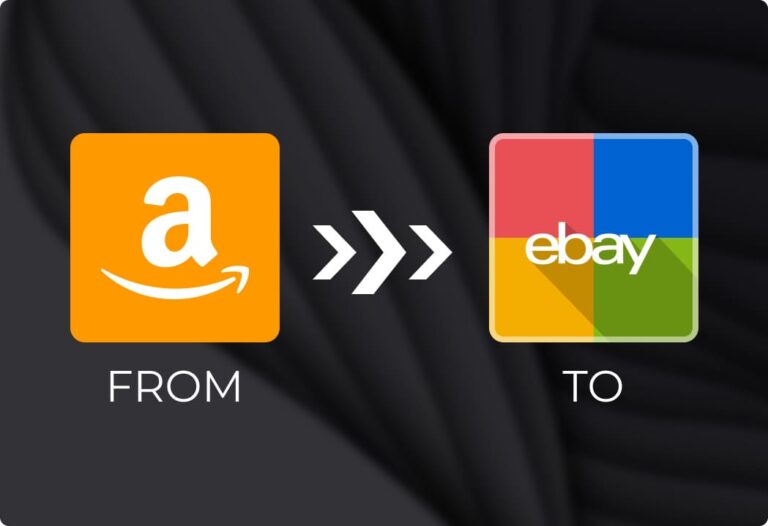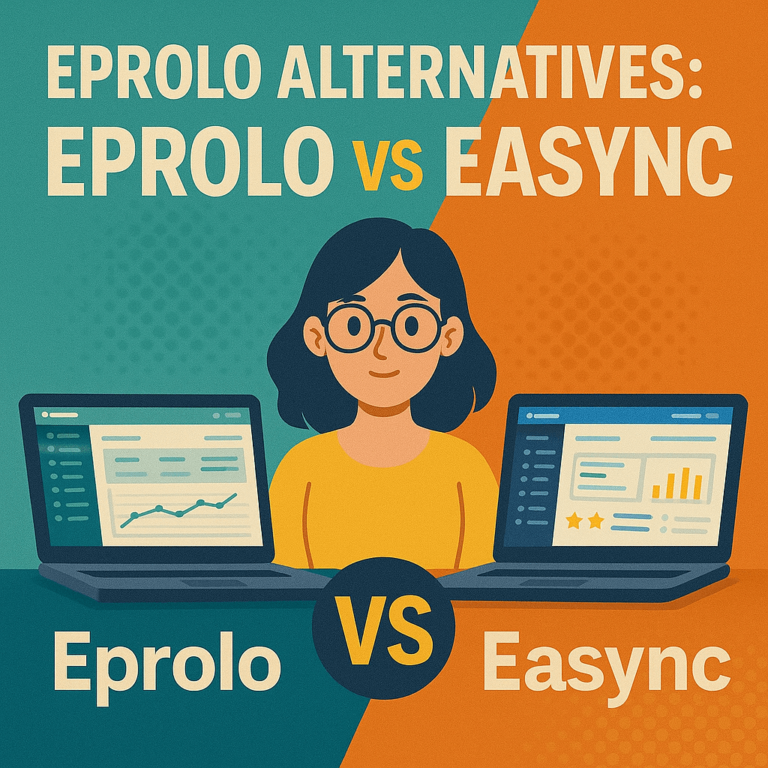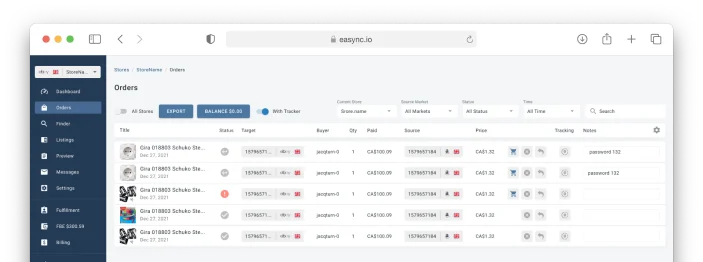Reverse dropshipping is witnessing an upward trajectory as smart entrepreneurs know the potential of this avant-garde dropshipping model.
Whether you just want to get up to speed with reverse dropshipping or want to start one, stick around.
In the end, you will learn –
- What reverse dropshipping is
- Advantages and disadvantages of reverse dropshipping
- How reverse dropshipping differs from traditional dropshipping
- Whether reverse dropshipping is a profitable business
- How to start a successful reverse dropshipping business
Without further ado, let’s get into it.
What is Reverse Dropshipping?
Reverse dropshipping has attracted huge interest in the past few months, and when we do a simple check on Google Trends, its surge in interest can be confirmed.

So, what’s the fuss with this emerging market, and is it for you? Sit back and relax for more.
Reverse dropshipping works under the same principle as traditional dropshipping in that we don’t need inventory.
But the difference is where we source the products from, where we sell them, and the value of the products we sell.
Reverse Dropshipping vs Standard Dropshipping
For us to understand reverse dropshipping, we need to first refer back to what traditional dropshipping is.
In traditional dropshipping, we focus on cheap products that we source from China and other Asian countries such as India, Pakistan, Bangladesh, and the rest and sell them to the EU, US, and probably Oceania.
On the other hand, in reverse dropshipping, we target high-quality and high-value products sourced from the EU, US, and Oceania and sell them to China and other Asian countries.
From the above, you can guess why it’s called reverse dropshipping. Product source and price are reversed.
| Reverse Dropshipping | Standard Dropshipping |
| High-quality products | Emphasis is not so much on quality |
| High ticket products | Low ticket products |
| Product sourced from the EU, the USA, and Australia | Products sourced from China and Asian countries |
| Products sold in China and other Asian countries | Products sold majorly in the EU, US, Australia |
The Idea Behind Reverse Dropshipping
The idea behind reverse dropshipping is based on the fact that China and most Asian manufacturing powerhouses focus on manufacturing cheap products and may lack premium products on their markets.
While most of the inhabitants in China and many Asian countries have low purchasing power or, better put, can’t afford premium products, there are still rich folks who loathe the local cheap products and want to go big like their Western counterparts with renowned brands.
That makes sense, right?
Is Reverse Dropshipping Profitable?
Now, the big question is, should you start a reverse dropshipping business? Is this business model profitable?

Well, considering you’re dealing with high-ticket products, the margins are also higher. That makes reverse dropshipping one of the best online investments today.
But wait.
Like any other business model, there are pros and cons that you should be aware of before getting started.
In this segment, we’ve discussed the benefits of reverse dropshipping and, of course, the challenges to anticipate and how to mitigate them.
Advantages of Reverse Dropshipping
There are several reasons why everyone is rushing for a piece of this emerging market. Below are the main reasons why many dropshippers favor reverse dropshipping over traditional dropshipping.
- Higher margins
- Low competition
- Huge market
As mentioned earlier, reverse dropshipping products are mostly high-ticket items, and even though the margins may seem low in terms of percentage, we can make a kill by just selling 1 item. A good example is an LV bag costing $2,000, which leaves you with a $100 profit if you take a meager 5% commission.
The second advantage is that there’s minimal competition in reverse dropshipping now that it has just started getting attention. If you start early, you can make a fortune before everyone knows it’s the new goldmine.
We can also tap into the huge market. It’s interesting that China and India alone have almost 3 times the population of Europe, the US, Canada, and Australia combined. The two Asian countries have also fully embraced eCommerce.
The Challenges in Reverse Dropshipping
While reverse dropshipping has some really good advantages over traditional dropshipping, there are disadvantages, too, as discussed below.
- Entry barriers and restrictions
- Marketing
- Shipping holdups and tariffs
Geopolitical tensions between the East and West can affect import and export operations but shouldn’t be the reason to give up on the idea of reverse dropshipping. Some countries, especially China, also have strict regulations on the products that can be imported.
Marketing, too, will be a challenge for several reasons. First, countries like China have banned social media platforms such as Facebook and Twitter, so we will have to get used to their social media. Google is also banned, so we need to think of SEO in the context of Baidu. Your product descriptions and marketing material should also be translated into the local language, which can be hectic.
Last, shipping delays will be a problem, but with a reliable shipping company and shipping policy, you can overcome this challenge. You’ll also have to deal with expensive tariffs in some countries.
How to Start a Reverse Dropshipping Business
Reverse dropshipping may have some challenges, but don’t give up, as it has the greatest potential now that the margins are fantastic, and it’s still largely unexploited.
So, how do we start our dropshipping business?
Finding a Niche and Product and Supplier Research
Like in traditional dropshipping, finding a niche is key and can be the reason you succeed or fail. So, what are some of the best niches for reverse dropshipping?

Well, the list is endless, but the following do really well;
- Luxury cosmetics
- High-end fashion
- Smart home systems
- Tech gadgets
- Premium pet products
- Advanced home exercise equipment
- Gaming consoles
- Specialty coffee machines
Product research is equally important. Make sure the products you list meet the criteria of a ‘winning” dropshipping product. In a nutshell, the product should be unique, have a wow factor, not available locally, and solve a problem.
Last, find a reliable supplier, and this can be a challenge as most top brands prefer dealing with the customer directly. But with supplier research tools such as Easync, you can connect to top suppliers with just a few clicks. Another option is Spocket, which focuses on vetted US and EU suppliers.
Finding the Best Sales Region and Channel
We also need to decide where we want to sell as the East is vast, from India all the way to China. Another question is, what’s the best sales channel?
China is, of course, the best place to target, considering the high population and, notably, the fact that the Chinese eCommerce landscape makes up 52.1% of all retail eCommerce worldwide. Japan is another country to consider now that it boasts 3% of the global eCommerce market share. South Korea, with 2.5%, and India, with 1.4%, should also be on our radar.
The other aspect to consider is the sales channel. Are you going to sell on marketplaces or want to build your brand with a personal store? Building your store is the best option if you want to stay in full control of your business and branding. However, if you have no huge budget, you can sell on marketplaces. In China, for example, you can sell on Tmall Global, while for Japan, Mercari will be a great place to rake in sales.
How to Take Your Business to the Next Level
By now, your business is running, but to stay on top of the competition, you need to think of three important things;
- Marketing
- Automation
- Customer Service
Whether you’re selling on a marketplace or you’ve invested in a store, for example, a Shopify store, you need to think of strategic marketing. As mentioned, Facebook, other popular social media, and Google may not be available, so you need to think outside the box to make it.
Next, think of how you can automate operations such as product and supplier research, product import, order fulfillment, inventory management, pricing, repricing, etc. Automation is key as it eliminates human error and saves a lot of time we can use for other activities.
Last, have reliable customer support so no message falls through the cracks.
Wrapping Up
That’s the end of this reverse dropshipping guide, and as you’ve seen, this is among the most promising business models of 2024. Reverse dropshipping has low competition and offers high margins. Of course, the best country to sell in is China, but Japan, South Korea, India, Bangladesh, and Pakistan also have potential.
So, what are you waiting for?
Start reverse dropshipping today and chart your way to financial freedom!
Frequently Asked Questions (FAQs)
1. What is reverse dropshipping example?
A good example of reverse dropshipping is selling designer shoes manufactured in the UK to the Chinese market. Designer shoes are, of course, high-ticket items and are not available in the Chinese market or manufacturing chain.
2. What is the difference between dropshipping and reverse dropshipping?
Reverse dropshipping involves sourcing products from where most products in traditional dropshipping are sold (EU and the US).
3. Is reverse dropshipping profitable?
Yes. Even though it’s hard to rake in as many sales as in traditional dropshipping, just a single sale can give you the equivalent of 1000 sales in traditional dropshipping.

Eugene Stepnov – Head of Marketing at Gologin. Formerly, He was the COO of Flatlogic and the co-founder of Kuoll. His main expertise is in promoting complex web SaaS products that lead in mar tech, affiliate marketing, dropshipping, cyber security, and web development.
